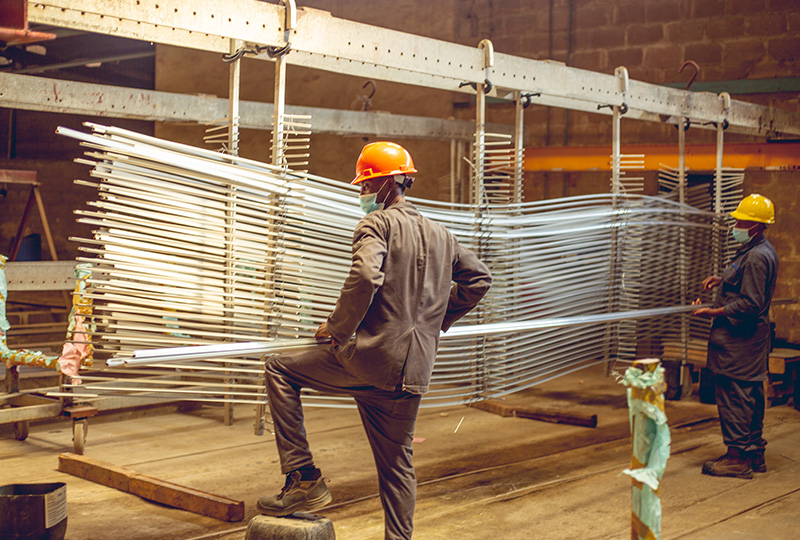What is Anodising?
Anodising is an electro-chemical process that creates a protective oxide layer on the surface of metals like aluminium, titanium, and magnesium. Commonly used for CNC machined parts, anodising enhances both the aesthetics and performance of metal products.
Benefits of Anodising:
- Increased Durability and Corrosion Resistance: The oxide layer acts as a barrier, protecting the metal from corrosion, wear, and tear, extending its lifespan.
- Improved Surface Finish and Appearance: Anodising creates a smooth, uniform finish with a variety of vibrant color options through dyeing, enhancing the visual appeal of products.
- Hardening Effects: Hard anodising creates a thicker, exceptionally hard oxide layer, ideal for applications requiring high wear resistance.
- Electrical Insulation: Anodising improves the electrical resistance of metals, making them suitable for applications where traditional insulators are not feasible.
Types of Anodising:
- Sulfuric Acid Anodising: The most widely used type, offering a balance between corrosion resistance and a cosmetically pleasing finish.
- Hard Anodising: Creates a thicker, extremely wear-resistant oxide layer, ideal for demanding applications.
- Chromic Acid Anodising: Less common due to environmental concerns, but offers excellent corrosion resistance for specific applications.
Applications of Anodised Products:
Anodised metals are found in various industries due to their superior properties:
- Aerospace: Lightweight and corrosion-resistant parts for aircrafts.
- Automotive: Durable and aesthetically pleasing components like car trims and wheels.
- Electronics: Corrosion-resistant and electrically insulating housings for electronic devices.
- Construction: Decorative and weatherproof architectural elements.
- Consumer Goods: Stylish and long-lasting appliances, mobile phone parts, and more.
Conclusion
Anodising is a versatile and cost-effective process that significantly improves the functionality and aesthetics of metal products. For parts requiring superior durability, corrosion resistance, and a variety of color options, anodising is an excellent choice.
